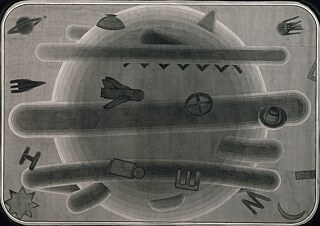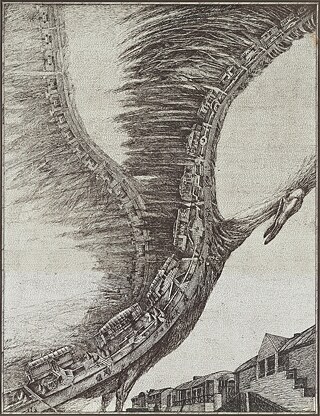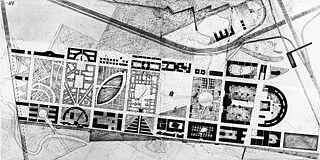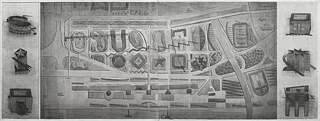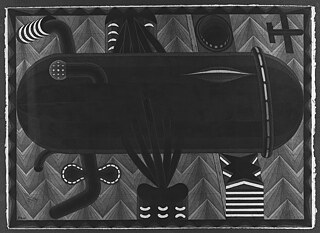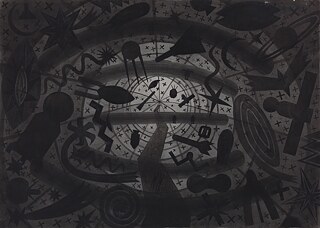Extraterrestrial settlements of humanity

Extraterrestrial settlements of humanity, Andrey Kuznetsov, Vyacheslav Mizin, 1989
The project of human extraterrestrial settlements is an ironic quasi-religious exaltation of Soviet society’s attitude to technology and outer space. By inertia, this attitude continued manifesting ideas of technological progress, societal transformation, and the conquest of space, but the conventional objective was lost.
The project marks the professional disintegration of the group of paper architects, and the closure of the first Novosibirsk private architectural bureau, Aurora, specialized in neo-avant-garde planning of public zones of the settlements of the Novosibirsk region and of the interiors of public buildings such as hospitals and student canteens. Aurora could not find its place in the new economy: it is ousted beyond the once-promising market of free private design. The project continues the escapist trend common in the Novosibirsk paper architecture school — delving into the realm of mental and anti-intellectual design. The destination is outer space, which is not meant to be conquered. “Architecture should be considered a neutral system, accessible for non-differentiated use, and not as a tool for organizing society; it should be a free and equipped territory in which spontaneous experiments can be conducted on individual or collective housing”. The formalist approach to planning, and the “foolish” character of the utterly variable objects used for the development of an unknown planet, are opposed to the standard functional and economical character of Soviet design and architecture.
The project of Andrey Kuznetsov and Vyacheslav Mizin clearly relates to Western post-modernist architecture, with the groups Superstudio, Archizoom, and Archigram, and their projects No-stop City, Istogrammid’architettura, and others. Western architect groups criticized functionalism, rationalism, and consumption due to super-identification with the idea of the “performance society”: “Super-architecture is the architecture of super-production and super-consumption, of supermarket, Superman, and super-petroleum”. In the work of Soviet designers, existential tension is created. Negating the Soviet, they find themselves in the trap of total negation: beyond space flights, the fulfilled dream of the Soviet man, there hides the dictatorship of the vernacular architecture of metal kiosks — the forerunners of capitalism, which no longer presuppose the prefixes ‘mega’, ‘super’, and ‘cosmo’. “Super-architecture” adopts the logic of production and consumption and works towards their de-mystification”. Cosmic space stops being perceived as the space of thought, the domain of limitless opportunities and endless adventures, and ends up as pop culture and formal speculation.
The design project is accompanied by a text which equates the senselessness of a circus performance of a motorcycle driving in a closed sphere to the nearly fulfilled dream of conquering interplanetary space travel and remote planets: “The circus number of driving motorcycles inside a latticed ball has suggested a solution to the problem of extraterrestrial settlement, where inside the globular shell, inside the rigid grid of roads, there sit spaces similar to unknown animals, which are different from each other. At the same time, the sphere rotates on numerous axes, creating gravitation inside”.
